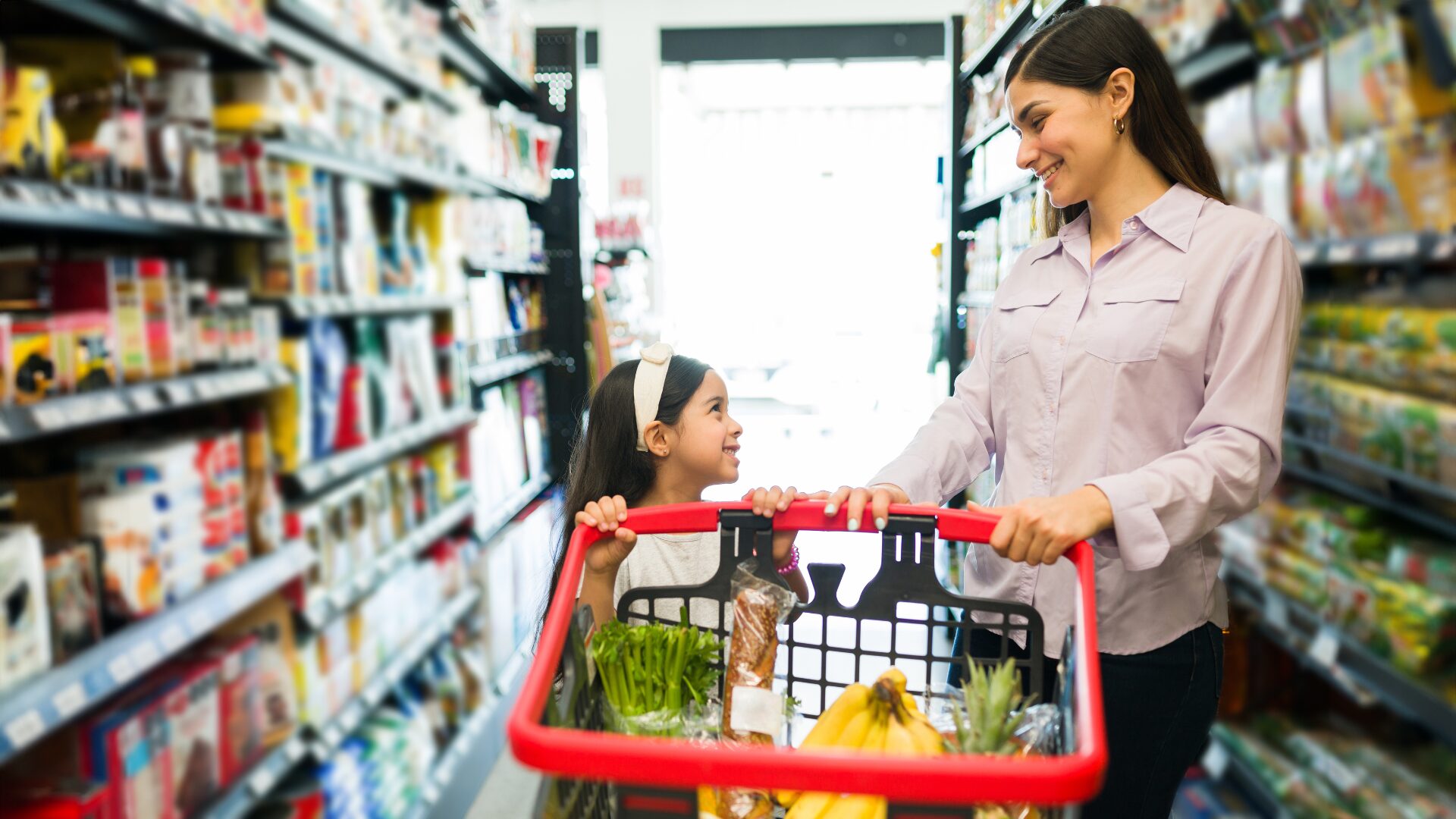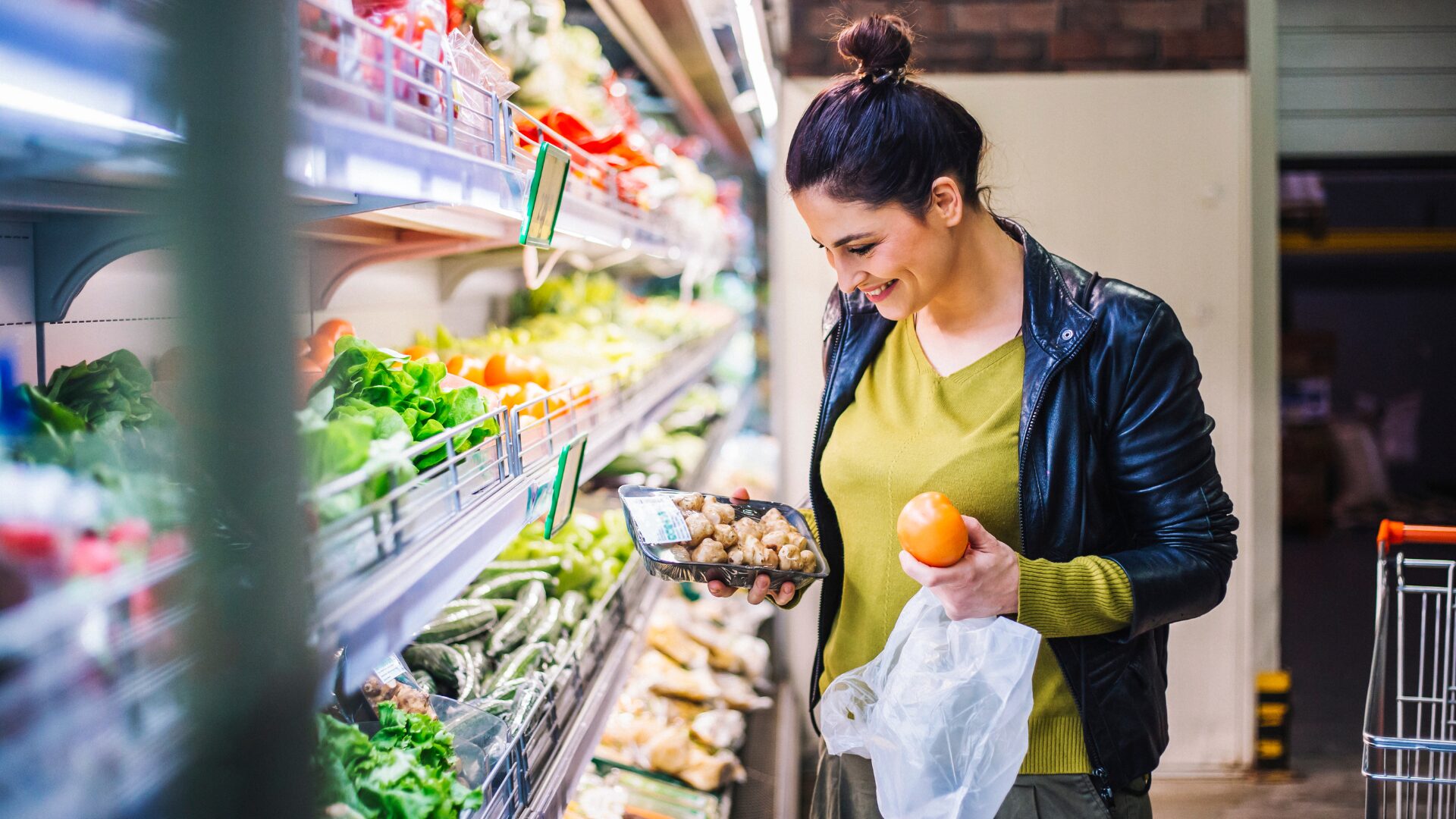While the end of the pandemic has been mostly good news for grocers, the return to in-store shopping has taken its toll on grocery e-commerce. More than half (52%) of consumers have stopped using the channel since 2022, according to data from SymphonyAI Retail CPG.
However, digital offerings remain valuable for both supermarkets and customers, so grocers need to shift their strategy toward the needs of the post-COVID consumer.
Part of the reason for this shift is demand for omnichannel in general. In fact, even the most loyal grocery e-commerce customers still shop in-store 40% of the time, according to the Winning with the Omnichannel Shopper in the Face of Disruption report by 84.51°. Additionally, less loyal ecommerce shoppers visit the store 90% of the time.
Those brick-and-mortar trips don’t have to detract from e-commerce efforts – retailers that take note of in-store data can use it to their advantage online, noted said Laetitia Berthier, head of client management at SymphonyAI Retail CPG, adding:
“You know the customer in-store, so you can leverage that to offer a personalized experience online.”
One of the things not enough retailers excel at is personalizing navigation and the shopping experience online based on in-store customer behavior, Berthier said.
“You can offer a unique experience. You know they like to buy national brand products, so when they search for an item or a category, the grocer can show those products ranked based on the shopper preferences. It’s easy to do that today,” Berthier explained.
Learn the ‘Why’ of Online Shopping
It’s imperative to understand why shoppers choose to shop online in the first place. Convenience remains the top reason for choosing grocery e-commerce even post-pandemic, according to 84.51° data.
One option for meeting this need is prepared food, which holds the same appeal for digital shoppers that it does for those who visit the store.
“The abundant use of food delivery apps proves that people want an easy, convenient solution to mealtime and it’s one area where I think supermarkets have the edge,” said Sean Turner, CTO of Swiftly. “So many of them have great prepared foods and hot foods that they can offer as an option, letting shoppers grab their groceries and tonight’s dinner all in the same place.
“Not only will customers see [that] as a time saver, but they also see significant savings compared to the cost of restaurant or delivery options if retailers can set up their technology to serve these customers.”
Recipes Can be Key
SideChef CEO Kevin Yu noted that offering not just individual recipes for inspiration, but entire blocks that can plan out meals for a week, is a great way to deliver on convenience while encouraging larger baskets. For instance, ASDA offers a selection of seven recipes that promise to feed a family of four for a week on a tight budget, and each recipe includes links to the ingredients for ease of purchase.
The number two reason for buying groceries online is saving money, according to 84.51°.
However, searching for savings poses a different challenge for grocers. Turner noted that shoppers can easily open two apps from two grocers and compare their full catalogs, so companies need to put their best image forward.
“It’s important that retailers ensure that they put as much thought into their digital storefront as they do their physical storefront,” Turner said.
Offering products that have the best value for the price means tying it back to the brick-and-mortar experience. Grocers need to utilize in-store data to fuel great omnichannel experiences that showcase the right products at the right prices, while also ensuring prices are similar across channels.
Getting omnichannel right will help grocers win back e-commerce traffic while delivering a great customer experience no matter how customers choose to shop.
The Food Institute Podcast
Everyone in the food industry wants to crack the code on Gen Z, but what are the reasons behind the generation’s food purchases? Alpha-Diver president Hunter Thurman joined The Food Institute Podcast to discuss some surprising findings from the Gen Z edition of the Snack 50 report and some of the psychological components that pushes Gen Z towards certain products and brands.












